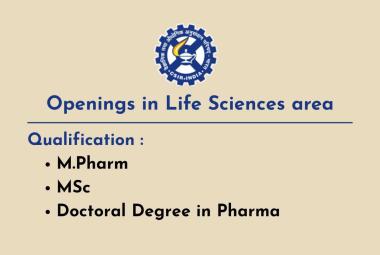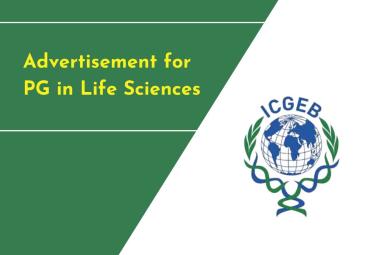Intensive insulin therapy does not show a survival benefit for patients treated with hydrocortisone for septic shock, according to the results of a multicenter, 2 x 2-factorial, randomized controlled trial reported in the January 27 issue of the Journal of the American Medical Association.
"Corticosteroid therapy induces potentially detrimental hyperglycemia in septic shock," write Djillali Annane, MD, from the Hôpital Raymond Poincaré in Garches, France, and colleagues from the Corticosteroids and Intensive Insulin Therapy for Septic Shock (COIITSS) trial. "In addition, the benefit of adding fludrocortisone in this setting is unclear."
[adsense:336x280:8701650588]
The main goal of the study was to determine the effectiveness of intensive insulin therapy in patients treated with hydrocortisone for septic shock, and a secondary goal was to evaluate the benefit of fludrocortisone.
From January 2006 to January 2009 at 11 intensive care units in France, 509 adults with septic shock who presented with multiple organ dysfunction, defined by a Sequential Organ Failure Assessment score of 8 or more, and who had received hydrocortisone treatment, were randomly selected to 1 of 4 groups: continuous intravenous insulin infusion with hydrocortisone alone, continuous intravenous insulin infusion with hydrocortisone plus fludrocortisone, conventional insulin therapy with hydrocortisone alone, or conventional insulin therapy with intravenous hydrocortisone plus fludrocortisone.
Dosage of hydrocortisone was a 50-mg bolus every 6 hours for 7 days, and fludrocortisone dosage was 50-μg oral tablets once daily for 7 days. The primary study endpoint was in-hospital mortality.
Deaths occurred in 117 (45.9%) of 255 patients treated with intensive insulin and in 109 (42.9%) of 254 patients treated with conventional insulin therapy (relative risk [RR], 1.07; 95% confidence interval [CI], 0.88 - 1.30; P = .50). Compared with patients in the conventional-treatment group, those in the intensive insulin therapy group had significantly more episodes of severe hypoglycemia (< 40 mg/dL). The difference in mean number of episodes per patient was 0.15 (95% CI, 0.02 - 0.28; P = .003).
Secondary outcomes did not differ significantly between treatment groups. These included median number of days spent in the intensive care unit, median length of hospital stay, median vasopressor-free days, and median days free of mechanical ventilation.
Mortality during hospitalization occurred in 105 (42.9%) of 245 patients treated with fludrocortisone and in 121 (45.8%) of 264 patients in the control group (RR, 0.94; 95% CI, 0.77 - 1.14; P = .50).
"Compared with conventional insulin therapy, intensive insulin therapy did not improve in-hospital mortality among patients who were treated with hydrocortisone for septic shock," the study authors write. "The addition of oral fludrocortisone did not result in a statistically significant improvement in in-hospital mortality."
Limitations of this study include inability to exclude the benefit of some glucose control vs no control at all in corticosteroid-treated septic shock.
"The current study showed no evidence to support a strategy of intensive insulin therapy aimed at maintaining blood glucose levels in the range of 80 to 110 mg/dL for treating septic shock with corticosteroids," the study authors conclude. "The current data do not support the routine use of oral fludrocortisone in addition to hydrocortisone when physicians decide to introduce corticosteroids in the management of a patient with septic shock."
In an accompanying editorial, Greet Van den Berghe, MD, PhD, from Catholic University of Leuven in Leuven, Belgium, recommends larger trials of treatment of septic shock.
"To ensure that such studies can be completed in a timely fashion, the cooperation of national and international trials groups, and their funding sources, will likely be necessary," Dr. Van den Berghe writes. "Precedents for large-scale international cooperation exist in oncology and cardiology. Given the huge global burden of conditions such as septic shock, which causes hundreds of thousands of deaths in the United States alone each year, such international collaboration should and must be achievable."
Assistance Publique-Hôpitaux de Paris supported this study. The study authors have disclosed no relevant financial relationships. Dr. Van den Berghe, through the Catholic University of Leuven, receives structural research financing from the Methusalem program, funded by the Flemish government.
JAMA. 2010;303:341-348, 365-366.








